The Sultan Tit is a truly one-of-a-kind bird that boasts a striking appearance and unique characteristics. Unlike any other songbird, the Sultan Tit has a sharply upswept yellow mohawk that sets it apart from all the rest. This large bird, about 17 cm in length, is highly social and prefers to stick to the lowland forests’ canopy, where it mixes well with other bird species. This bird’s striking appearance is not limited to just the male; the female also has distinctive yellow parts, albeit duller than the male’s. In contrast, her upper plumage and sides are more of a dark green-brown, and her tail is black. The Sultan Tit’s juveniles resemble the female more than the male.

The Sultan Tit is a highly vocal bird, often singing in squeaky, shrill calls. They feed primarily on caterpillars but will also eat small berries. Breeding season for these birds is from April through to July, during which a clutch of up to seven eggs is laid in a nest, usually in the cavity of a tree.
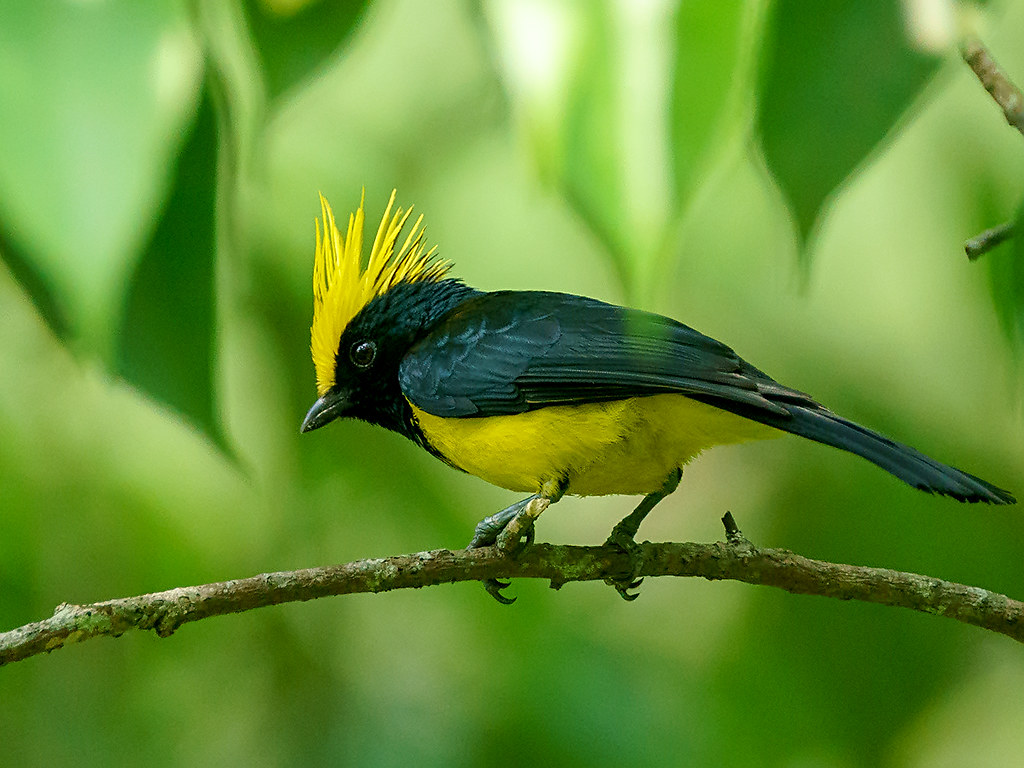
There are four subspecies of sultanea that inhabit different locations ranging from Central Nepal through the eastern Himalayas into Myanmar, northern Thailand, and Southern China. More populations are found on the Malay Peninsula and Haina, as well as Laos, Vietnam, and India.
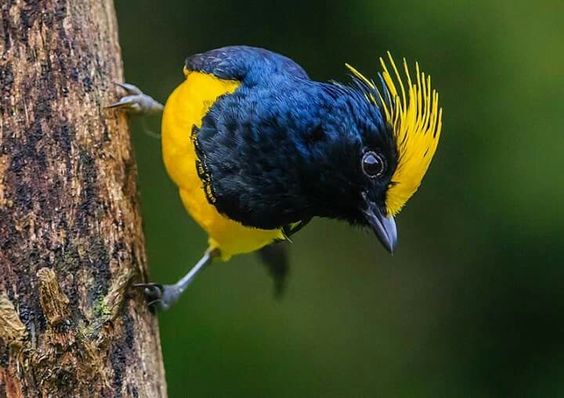
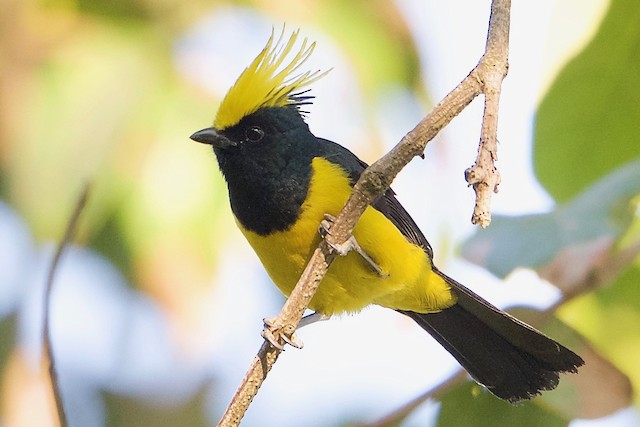
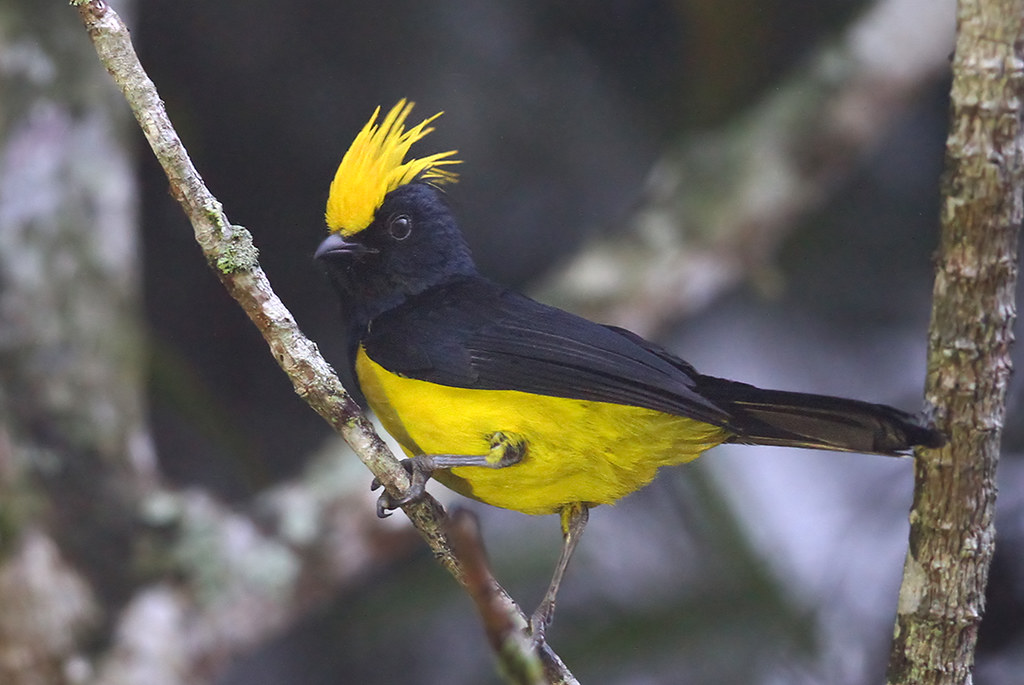

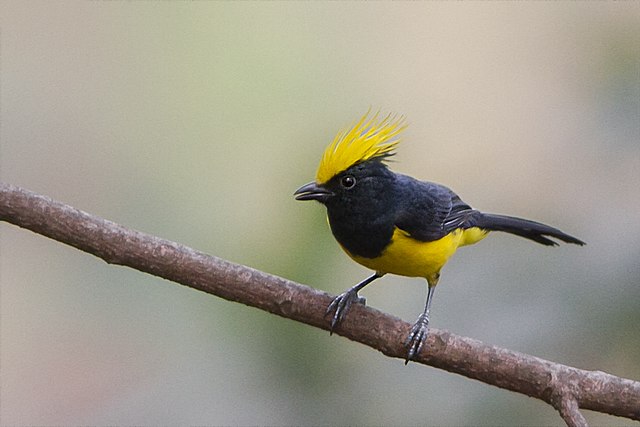
Despite the Sultan Tit’s unique characteristics and striking appearance, it is considered of Least Concern on the IUCN Red List of Threatened Species due to its wide range and healthy population.
In conclusion, the Sultan Tit is a fascinating bird that stands out amongst its peers. Its unique yellow mohawk and distinctive coloration make it a true sight to behold. Along with its highly social behavior and preference for the canopy, the Sultan Tit is a bird worth studying and admiring.





